This post is part 4 of a five-part series on frugal living.
What can you do to be more frugal in the garden?
Gardening doesn’t have to be expensive. From free soil, to repurposed pots, to gifted seeds, the list below describes many ways you can be frugal in your garden.
- Starting the Garden Season
- Maintaining the Garden
- Harvesting
- Closing the Season
- Miscellaneous Frugal Tips
Starting the Garden Season
When starting a garden, many people think of building a raised bed, putting seeds in the ground, or setting out plant starts from the local greenhouse.
However, to be a frugal gardener, good planning is key. Here are some ways you can start your garden without a lot of expense.
Plan what you want to eat.
It’s important to make efficient use of your gardening space whether it’s a raised bed, pots on the patio, or a plot of soil in your back yard. It’s efficient to plant only what you want to eat or preserve, no matter how tantalizing those seed catalog items appear.
An easy way to do this is to track your meals over time. Record what foods you eat every week that contain foods you could grow in your garden to harvest fresh or preserve.
For example, if you eat a lot of meals with tomato sauce based main courses, you might want to grow tomatoes that are good for making sauce, and do some canning. Or if you like green smoothies, note the quantity of greens you use weekly or monthly, and start growing greens. You could eventually learn to dry the leaves and make green powders. This is something I do with my moringa tree leaves.
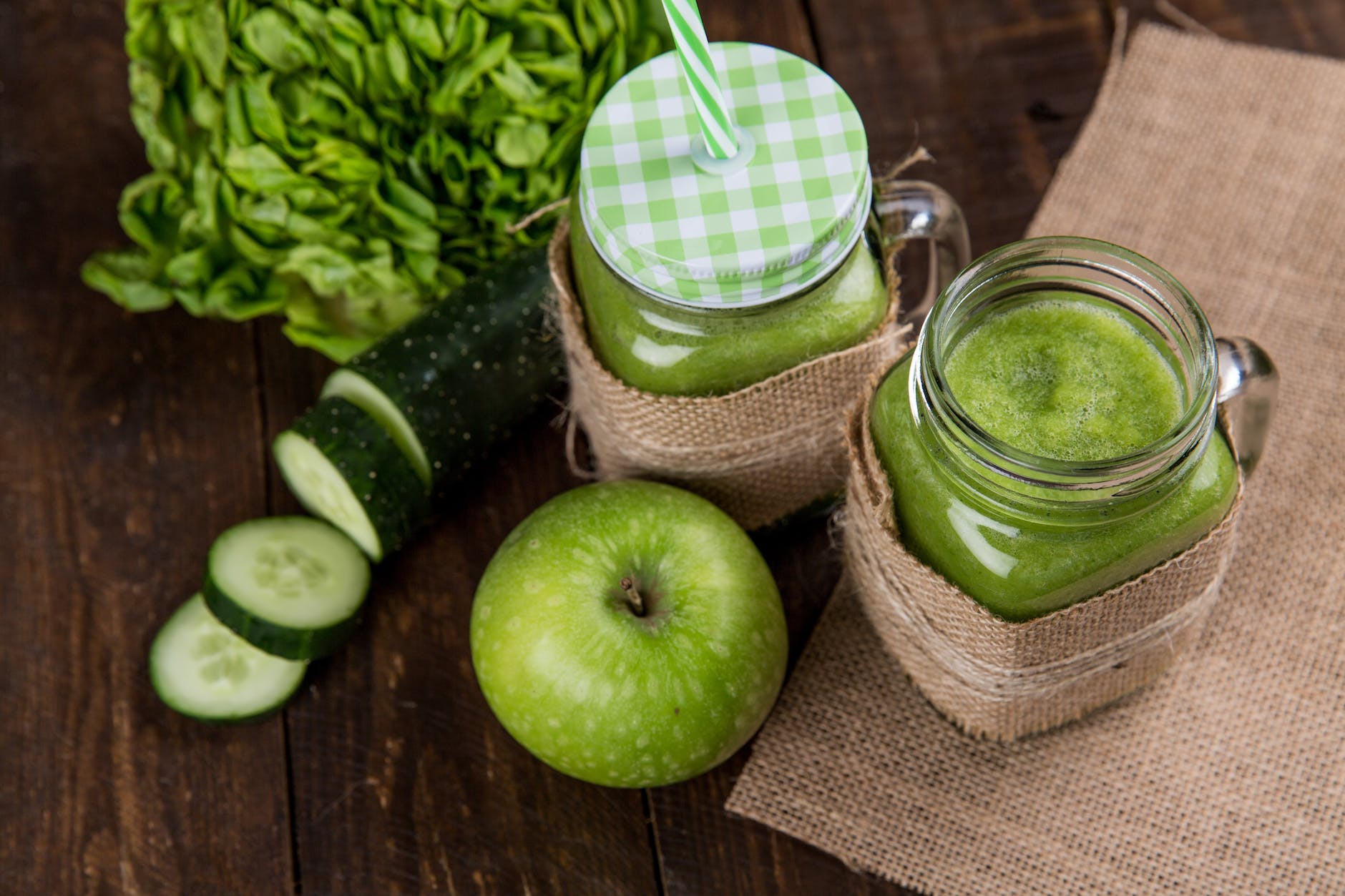
Use space-saving gardening techniques.
There are many gardening techniques available these days, you’re sure to find one that suits your gardening space size. Some of the more space-saving techniques I’ve found include:
- Square-foot gardening
- Permaculture gardening
- Bio-intensive gardening
- Mini-farming
- Hydroponics
- Vertical gardening
Become a seed-saver.
Most plants you grow can produce seeds to save for the following seasons. Make sure to choose heirloom, or non-hybrid plants if you wish to get the same fruit or vegetable the seed came from.
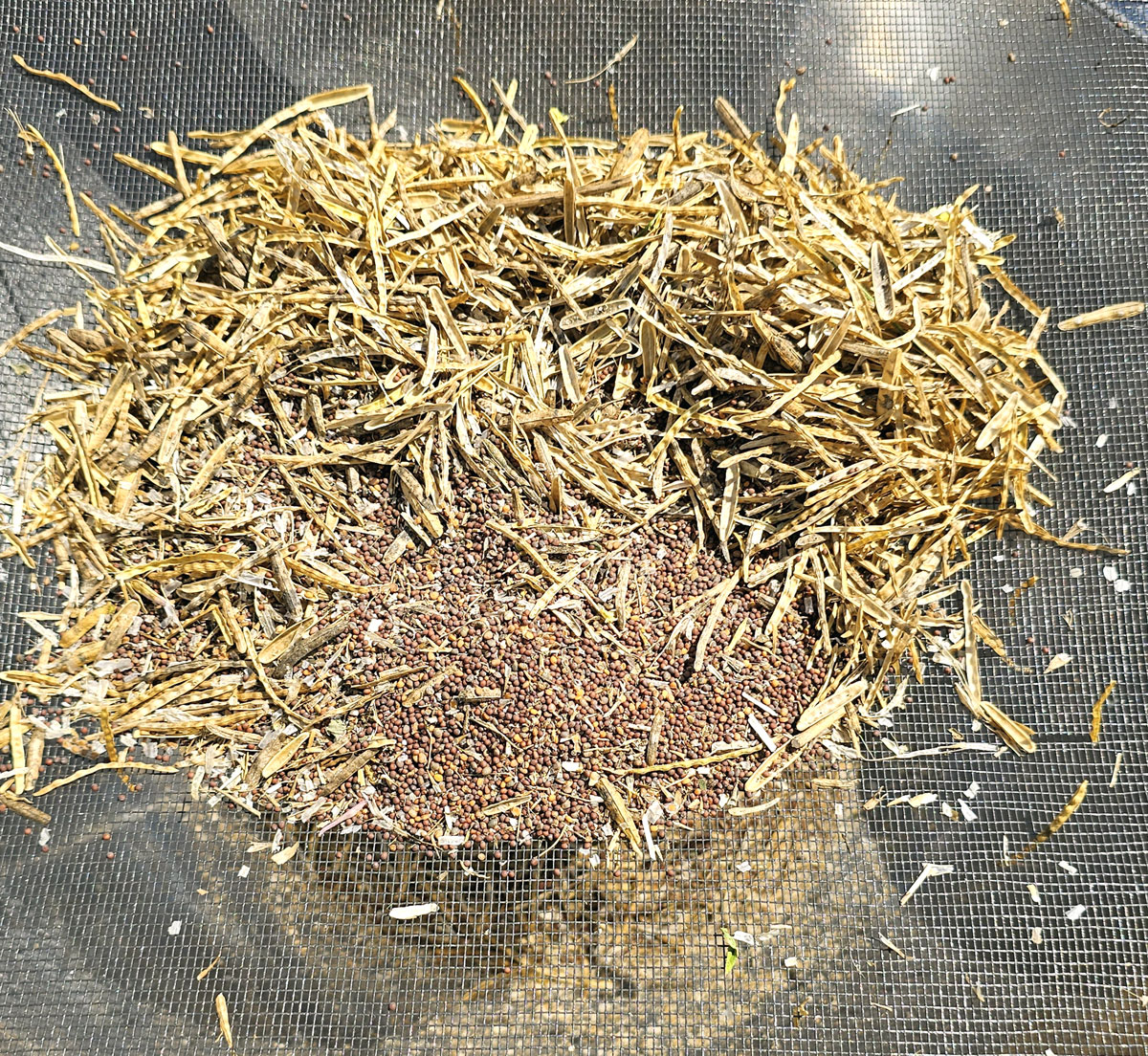
By saving seeds, you reduce cost of purchasing new seeds every growing season, you have extra to sell or trade with other gardeners, and you produce seeds that are more acclimated to your growing environment, thus creating stronger and healthier crops.
Read Seed Saving 101 to learn different ways to save seeds from your garden.
Make friends with other gardeners.
Gardeners often have an excess of seeds or seedlings during the early growing season. Join a gardening group or make friends with your neighbors who garden.
Visit your local county extension service or look up online a seed library nearby. Often, you can exchange seeds or even get free seeds or seedlings. Many cities are promoting urban gardening and yours may have resources to help you start your garden.
Create the best soil.
Great soil makes great food. You’ll only get the healthy ingredients and great flavor of your foods if you feed your plants the nutrients they need.
Before you put one seed or seedling into your soil, you need to make sure you’re giving your plants the best-possible opportunity to thrive.
For beginning gardeners, shop at big box stores to find several brands of raised bed garden soil and vegetable gardening mixes available. You can also visit local nurseries that may provide vermicompost or other organic supplements in addition to plants for your garden.
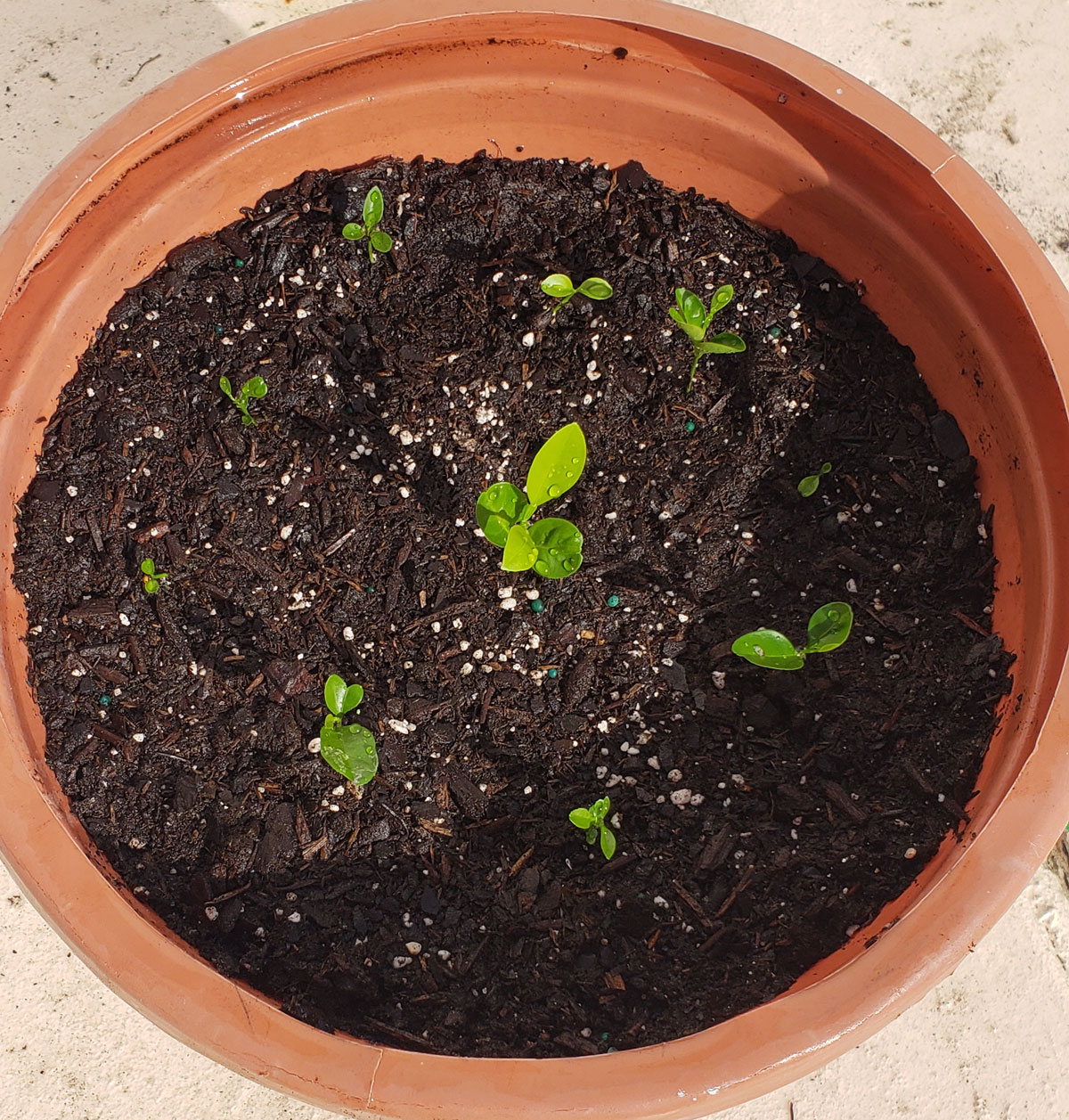
If you’re a more seasoned gardener, knowing your soil type, PH level and nutrient level can help produce healthier plants with greater yield. Practice good composting and soil feeding techniques.
Soil Testing
Most garden centers sell soil test kits that test PH and basic nutrient levels. You can also ask your county extension service to test your soil. Some counties will test for free. Each county is different, so just give them a call or email and they can walk you through the steps. Once you know what your soil needs, you can add soil amendments if needed.
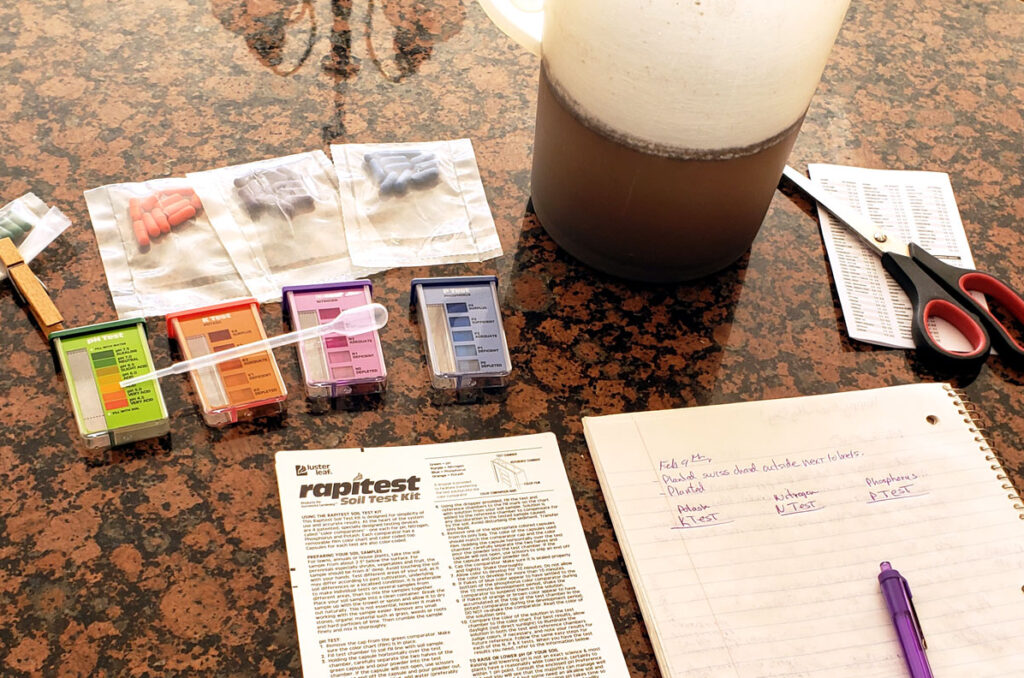
Compost! Compost! Compost!
Enough can’t be said about good composting. If you can set aside a spot in your garden to build a compost pile – great! If not, try a composting bin. You can also do vermicomposting with worms that creates highly a nutritional soil amendment. Composting is getting your soil amendments practically free!
Reuse and upcycle post-consumer items.
The cost of new seed pots, starting trays, soil plugs and other seed and plant starting items can quickly add up. We reuse many things including:
- Red Solo cups and food-grade plastic containers from purchased items such as yogurt, sour cream, and mushroom packages. They are great for potting up seedlings.
- Cardboard egg cartons and shallow containers that make great seed-starting containers.
- Onion bags to dry and store garlic and sweet potatoes.
- Small glass containers to store dried herbs, or seeds saved for the next season.
Maintaining the Garden
Once we have the garden season started, we use simple and economical practices to keep plants growing strong and healthy.
Take a daily garden walk.
Checking on the health of your plants should be a daily or even twice-daily occurrence. Catching pests or disease right at the start can prevent expensive use of treatment or even the loss of a plant. Hand-picking diseased leaves or pesky insects is the cheapest way to keep your garden healthy.
It also helps your plants when you take a few minutes to pull weeds. Doing this daily, or several times a week will prevent the weeds from overtaking your garden.
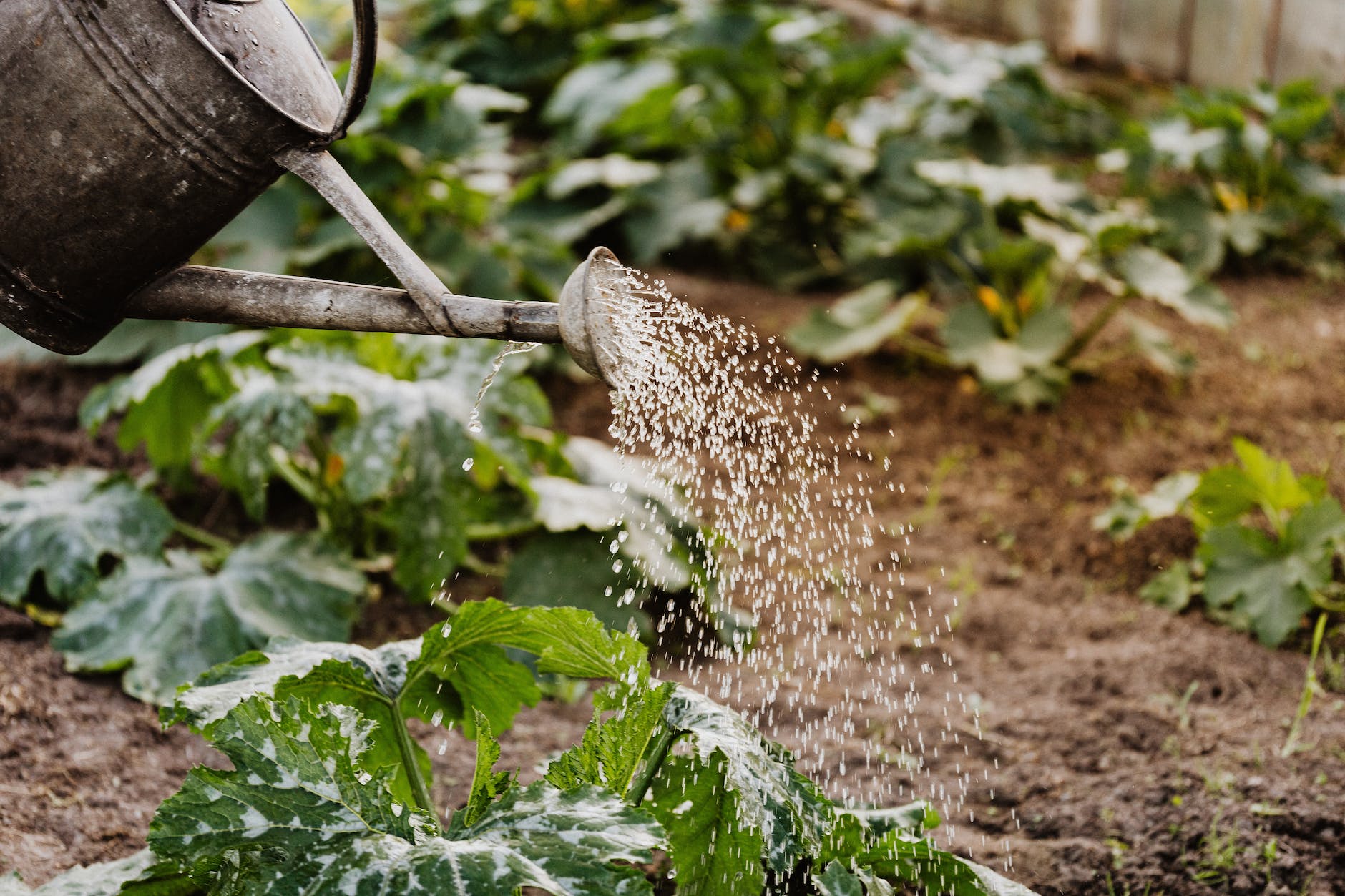
Keep tools clean and in good repair.
When cutting disease off plants, or doing any trimming, it’s important to use a clean pair of scissors or snips. Wipe the blades often with rubbing alcohol to prevent spreading diseases.
Mulch around your plants.
Keep plenty of mulch around your plants to hold in moisture and block weeds. You’ll water your garden less when properly mulched. Using mulch also helps keep the soil cooler in the summer and hold warmth in the winter.
Build a rainwater catch system.
Using a rainwater catch system such as a rain barrel can benefits your garden by providing healthier water for your plants. It’s better than city water, water run through a water softening system, and even well water.

Harvesting
Once harvest time approaches, make sure you have a plan in place to enjoy your fresh, delicious produce, or preserve it in some way. I recommend the Ball Blue Book Guide to Preserving. Plus, don’t forget to clean up the garden once harvest is over.
Canning
Canning is very economical because you only need to buy a canner and jars once. Reuse the jars every season for decades. Only the canning lids cannot be reused and are an inexpensive seasonal purchase.
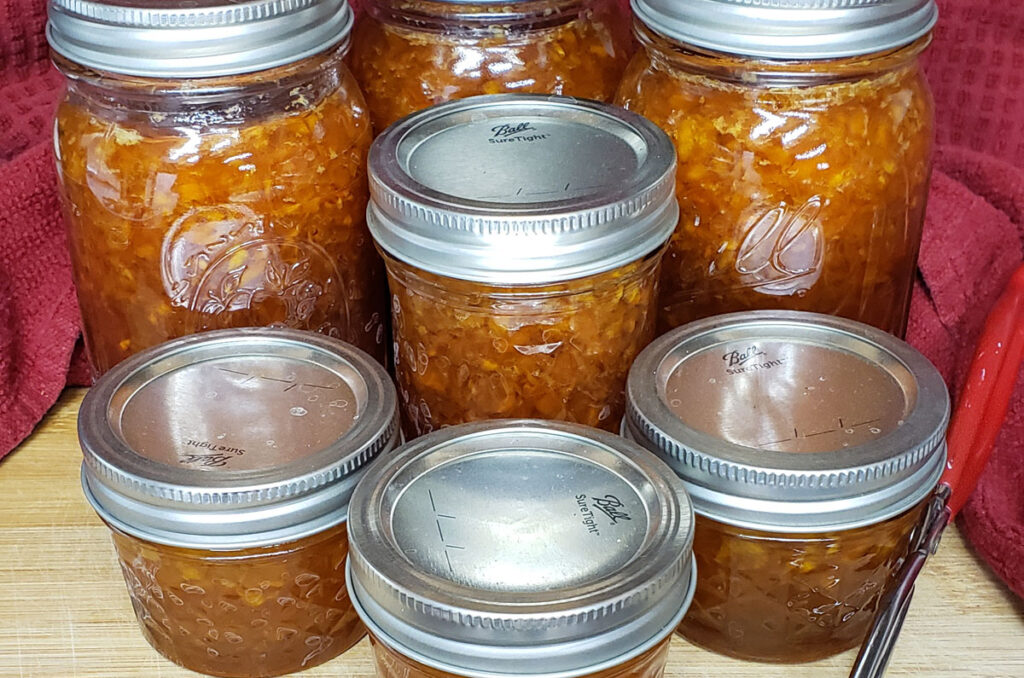
Freezing
If you have the freezer space, freezing you garden produces is a very economical way to preserve. Most vegetables are blanched then quick-cooled before storing in freezer containers. Many fruits can be frozen individually on trays, then packaged in freezer containers.
Make sure to label and date your frozen foods. Keep track of what’s going in and out of your freezer too. Trust me, no one likes to find 3-year-old green beans in the back of their freezer! Use my Pantry Tracker sheets to save yourself a headache like that.
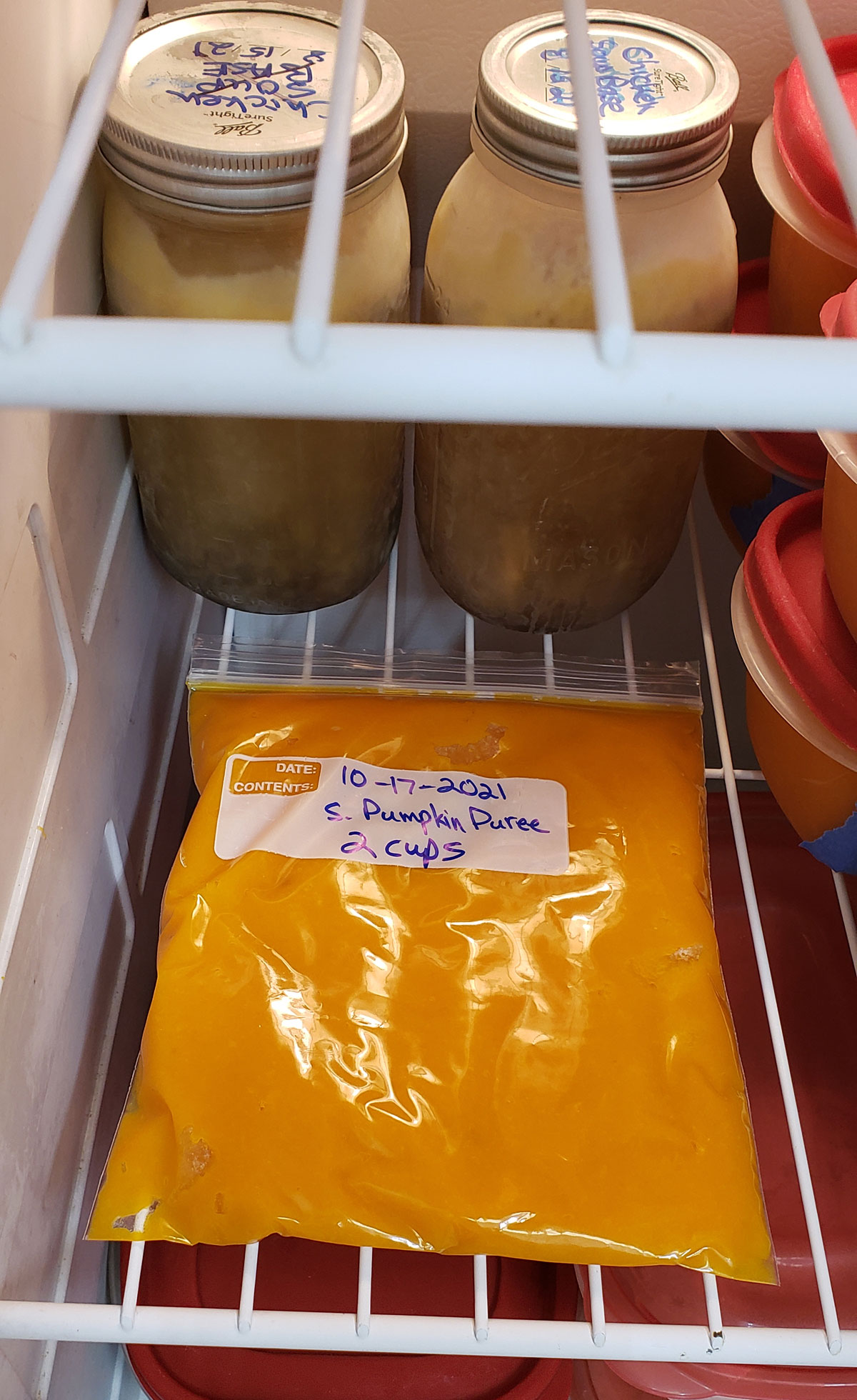
You can dry herbs for seasonings and teas, dry fruits or make fruit leather (fruit roll-ups), jerky and many other things too. Invest in a quality food dryer with a good energy-saving rating. You can also air-dry herbs. I just finished air drying basil and have some blackberry leaves drying for making tea later this winter.
Fermenting
Fermenting is a centuries-old practice of food preservation. You can make foods such as: kimchi, miso, sauerkraut, yogurt, sourdough, and alcohols such as wine and beer.
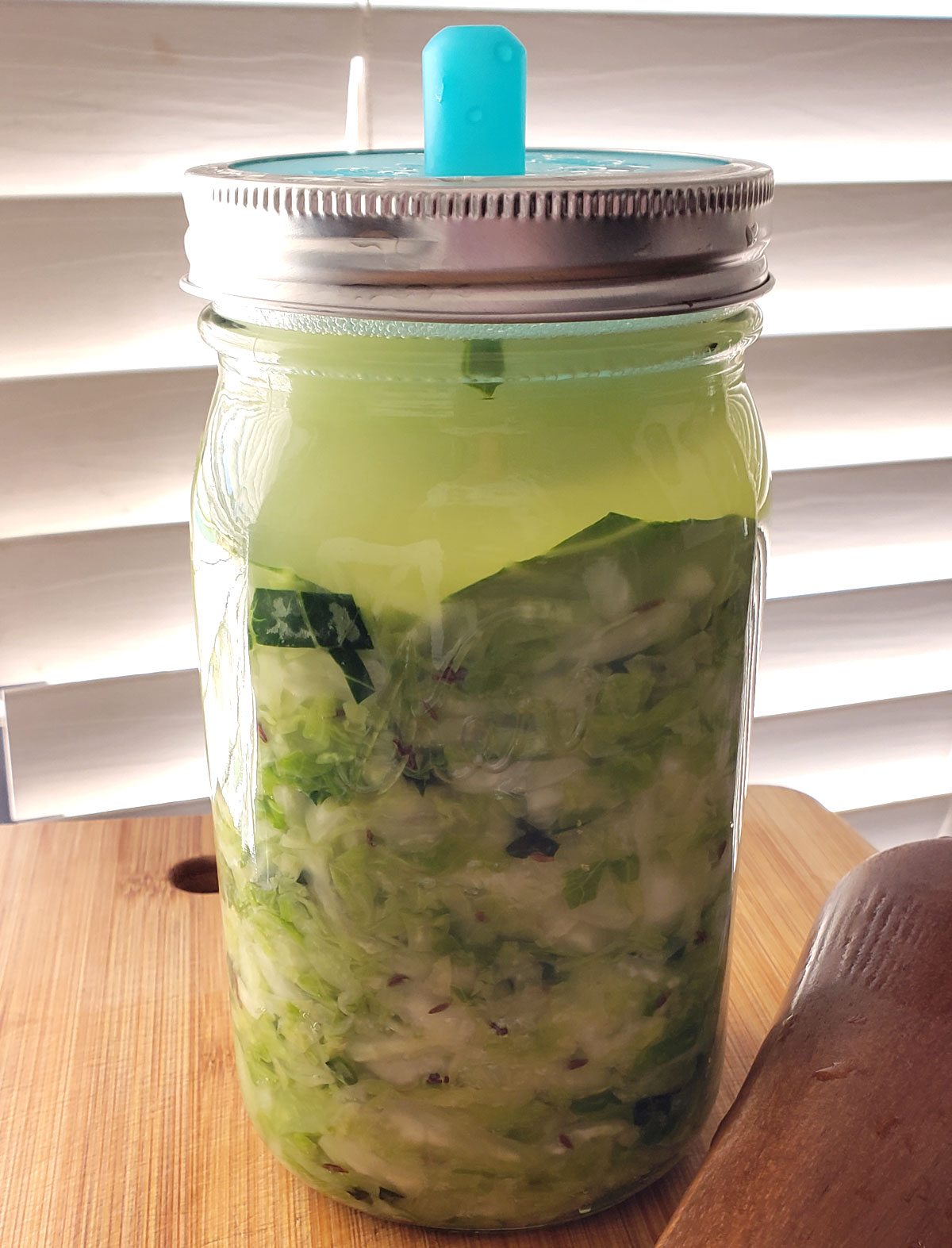
Drying
You can dry herbs for seasonings and teas, dry fruits or make fruit leather (fruit roll-ups), jerky and many other things too. Invest in a quality food dryer with a good energy-saving rating. You can also air-dry or freeze dry and store everything in mylar or glass jars.
Closing the Season
Clear out your garden debris.
Once your plants have reached peak production, they’ll slowly die off. It’s best to dispose of the plants before disease or pests take advantage of the weak plants.
If your plants show no sign of disease, go ahead and toss them in the compost pile. Otherwise, put them in the city yard-waste pick up or toss them on a burn pile. Dispose of any leftover fruits or vegetables too.
Prepare the soil for the next season.
There are several methods of doing this, depending on the gardening style you’ve chosen.
- Plant a cover crop
- Cover with a heavy mulch
- Solarize the soil
- Retest the PH and nutrient level and add in amendments
- Practice rotational gardening
Whatever methods you choose, don’t leave the soil bare until you plant again. It leaves the soil open for erosion and allows the sun and rain to kill essential microorganisms.
Miscellaneous Frugal Tips
DIY. Be your own lawn service. Extend your gardening skills to include yardwork such as cutting your own lawn, trimming shrubs, etc.
Be your own pool service. If you have a pool, it’s much cheaper to maintain it yourself.
Maintain your equipment. Just like your vehicle, simple cleaning and maintenance can add years of service.
Look for freebies and second-hand items. People often give away or sell at low cost used items like flower pots, gardening rocks, old wheel barrows and hand tools. Businesses will toss out pallets or food-grade five-gallon buckets. Visit yard sales and thrift stores too.
If you have a frugal tip, send me an email at: admin@ourfrugalfloridahomestead.com.
Happy Gardening!
Alisa
[…] and vegetables, and reduces the cost and energy usage of food transportation around the world. Read Frugal 5 – Frugal in the Garden to find my best tips and advice for growing a frugal […]